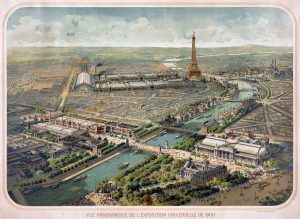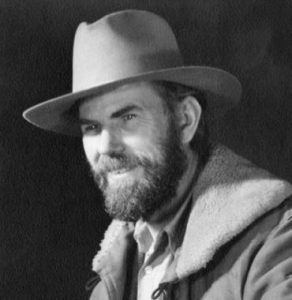Industrial design is a design method typical of artifacts produced through mass production techniques. Its key feature is that design is separated from production.

Image source: https://search.creativecommons.org/photos/5bb28220-19c7-4d29-85f6-2a9b20aedd4f by trialsanderrors
What does Industrial design refer to?
“Industrial design” refers to the design sector concerned with the manufacture of general industrial products that include automobiles, household electrical appliances, and information equipment, as well as furniture, fixtures and fittings, household goods, and suchlike, together with industrial and commercial equipment, and so forth.
Before industrial design
For several millennia before the onset of industrialization, designs, technical expertise, and manufacturing were often done by individual craftsmen. They determined the form of a product according to their manual skill, the requirements of their clients, experience accumulated through their experimentation, and knowledge passed on to them through training or apprenticeship.

Image source:https://search.creativecommons.org/photos/23461ffc-a8d6-42b0-bcd8-787e8cc9e934 by dbnunley
The division of labor that underlies the practice of industrial design did have precedents in the pre-industrial era. As long as reproduction remained craft-based, the form and artistic quality of the product remained in the hands of the individual craftsman and tended to decline as the scale of production increased.
Birth of industrial design

Image source: https://www.geni.com/people/Joseph-Sinel/6000000032447148940
The first attributed use of the term “industrial design” in 1919 is credited to Joseph Claude Sinel, a self-proclaimed “industrial designer.” However, many argue that the discipline began at least a decade before. Christopher Dresser is generally considered the first independent industrial designer. Then there is the Practical Draughtsman’s Book of Industrial Design, printed in 1853. Together, these data points anchor the beginning of design as a profession between 1850 and 1900.
Industrial design phases

Image source: https://search.creativecommons.org/photos/9a7cae1d-3a1f-40f5-84b0-bb167a134c48 by Kris Krug
- Sketching is a quick and easy way to explore many ideas. To be able to sketch competently and communicate form on flat sheets of paper.
- Drafting is the production of engineering blueprints. This used to be done by hand with pencil and paper. Typically, orthographic (right, left, top, and isometric) views are created.
- Prototyping is the act of producing models that look exactly like the finished product will.
- Manufacturability: when mass-production facilities began pumping out plastic products by the truckload, designers would need to be familiar with technologies like blow-molding, rotational-molding, and injection-molding to optimize the designs for production.
The future of industrial design
Industrial Design is becoming more and more complex and has a much broader definition than in the past. On the one end, design is returning to its roots, where craftsmanship, materials, and product quality are the primary focus. For example, Apple’s designers start with an aluminum block and experiment with what to do with it, in the same way, that Charles Eames did when he experimented with laminated plywood 70 years ago. On the other end, the design is transformed by the technology in which ID will continue to have the task of creating our digital experience. The scope of the design will also grow in the future.

Image source: https://search.creativecommons.org/photos/292fd913-7dcf-48d6-acbd-69ef10bce114 by kissmyrobot@gmail.com
Industrial designers must understand what it means to be sustainable and this must become a mantra. People will always need things, and industrial designers will always be asked to create them in as much quantity as possible to “feed the machine”.
Info sources:
https://www.machinedesign.com/
https://aiit.ac.jp/english/column/view/73
https://willgibbons.com/blog/industrial-design-vs-product-design
